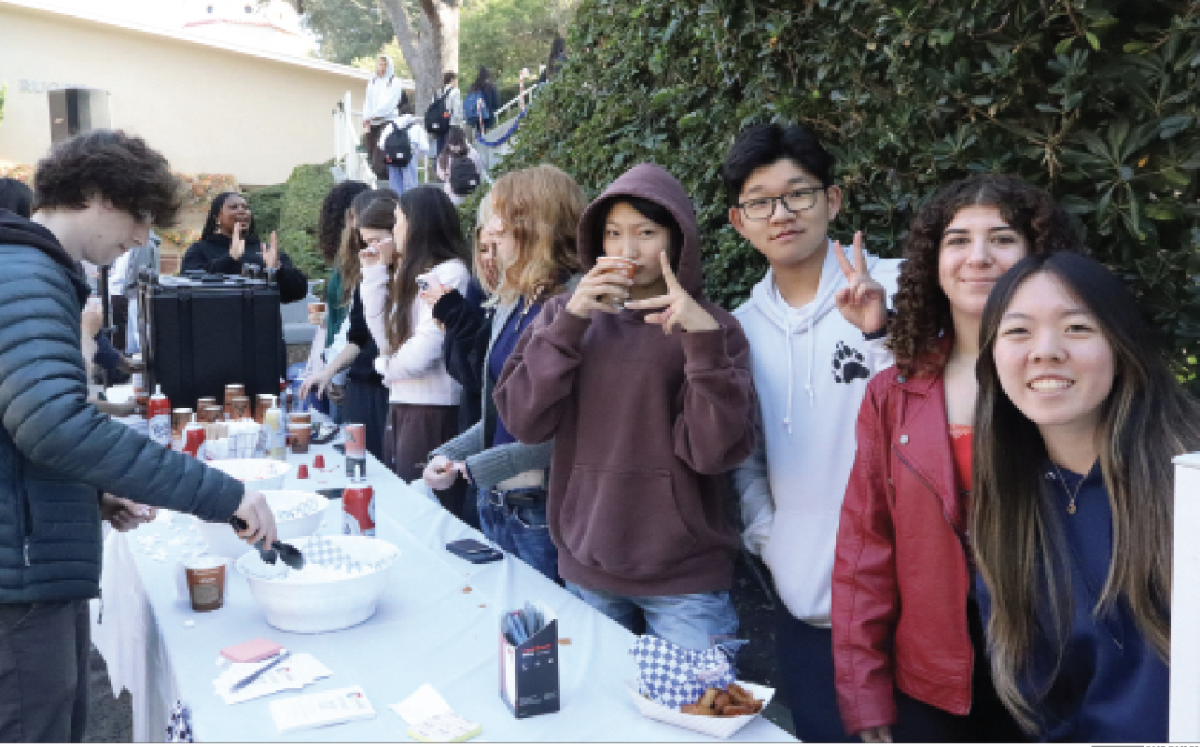Science teacher Walt Werner’s Anatomy and Physiology class determined by experimentation that texting and talking on the phone while driving can increase reaction times by more than 50 percent.
Students worked in groups of two in the lab. One student held a button attached to a light behind his or her back, and the second had a foot pedal.
When the first student pressed the button and activated the light, the second pressed the pedal to turn it off, and they measured the time between the activation of the light and the pressing of the pedal.
Students first tested their reaction time with no distractions.
Then the groups performed the same experiment while texting, and again while having a conversation over the phone.
“They calculated the time it takes for the information to go from the eye to the brain and the brain to the hand or the foot, and then they subtracted that from the total time,” Werner said. “About 95 percent of the reaction time is taking place in the brain.”
“I felt it was interesting to bring numbers and evidence that reinforce something that I have only been taught to be true,” Sahar Tirmizi ’16 said.
Most groups calculated that a car moving at 65 miles per hour would take 100 to 150 feet more to stop with a driver using a cell phone than a driver with no distractions, Werner said.
“For the class averages, talking on the phone increased the reaction time by approximately 30 percent, and texting increased it by over 50 percent,” Paul Anderson ’16 said. “The times were still very small, generally under one second, but while driving at high speeds, every millisecond could mean the difference between life and death.”




























